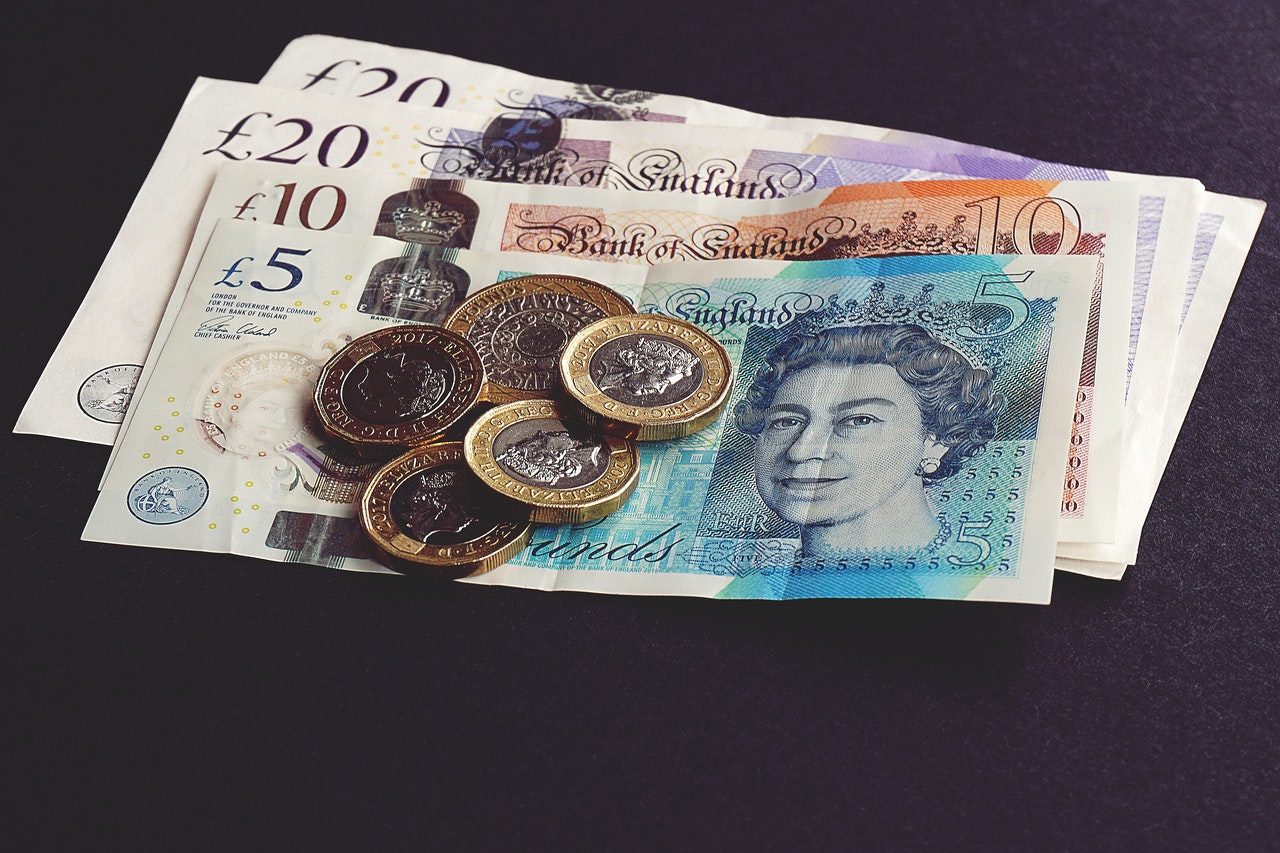While some may believe that saving money is simple, one out of every five Americans has no savings at all. You’re not alone if you’re stumped. Even though spending the money is certainly more thrilling, saving money should be a top priority. There are numerous strategies to save money that do not include making compromises. With a better grasp of your budget and genuine needs, you may find yourself able to save costs than you anticipated. Simply becoming more conscious of your money and spending habits might sometimes be the most effective approach to begin saving money.
This step-by-step approach to saving money can assist you in devising a straightforward and realistic strategy for achieving all of your short- and long-term savings objectives. The hardest part of saving money is often just getting started.

Create A Spending Plan.
A budget has been at the core of any savings strategy. Full-time or part-time jobs, pensions, government benefits, child support, investment, and other expenses are taken from your earnings.
Credit card statements, bills, and receipts can all be used to calculate rent or a home loan, transportation, insurance, and power.
Look For Strategies To Reduce Your Expenses.
Find ways to reduce the monthly expenditures of your fixed expenses, including your tv and cell phone. Figure out where you can save money by reducing non-essential expenses like amusement and eating out.
Here are some suggestions for saving money on a daily basis:
Try “cheap eats” eateries only about once a season and only eat out once a month.
You may be happy that the test was a success, or you may be planning to save money for it. Allow yourself a period of “cooling off”: Wait a few days before making a non-essential purchase.
Save Automatically
To ensure continuous contributions, have a portion of your paycheck automatically put into a savings account.
You may be more tempted to forego saving completely if you have to manually move money into your accounts.
Decide On Your Priorities
Focus on the long-term picture. After considering your costs and revenues, your ambitions are most likely to influence how you spend your money.

Keeping Debt At Bay
Whether you have adequate cash on hand, you won’t be forced to put unplanned expenses on a bank card. Minimize debt building by paying off your bank cards on even a regular basis. Staying within your bounds and not using your bank card will help you avoid debt if any at all feasible.
Watch Your Savings Increase
Understanding how to save money may even motivate you to look for new ways to save money and achieve your goals more quickly. Every month, review your budget and track your success. This will not only assist you in sticking to your personal savings goal, but it will also assist you in promptly identifying and resolving problems.
Keep Your House And Car In Good Shape
Saving money by skipping or doing low-cost repairs is unlikely to pay off. Maintain the value of your assets by keeping your home in good repair and performing routine maintenance on your car.
Having an arborist inspect your trees to ensure their stability, painting your home to maintain its exterior, inspecting your foundations for signs of cracking, and clearing out your gutters to keep water off your roof are all common recommendations. The manufacturer of your car will supply maintenance instructions, but home manufacturers do not.
Just getting started with meal planning
When you plan your meals, you decide what you’ll chew for most or all of the meals throughout the week so that you’ll have something to eat whenever you want.

It saves you from last-minute fast-food runs, allows you to make the most of your money, and even allows you to eat better while still sticking to a tight budget.
Consider The Terms “Accounts” And “Equity.”
Before taking any riskier investment decisions, you should always extensively examine your choices or consult with a financial expert.
While stocks, mutual funds, and certificates of deposit should not be used as your sole source of savings, they can produce excellent returns over time. You should be aware of various accounts that earn interest on your money by investing in stocks.
Make Changes To Your Shopping Habits
Once a week, make a food plan so you buy what you need. Purchase in quantity. Groceries can be purchased in quantity at wholesale retailers. Fortunately, by following these guidelines, you can save money on day-to-day expenses:
Some purchases, such as groceries and gasoline, are unavoidable.
Purchase fewer items. Quality things, on average, cost less per user than lower-priced items over time. Since they last considerably longer and generally have timeless designs that never go out of style. When shopping in stores, buy fewer products and concentrate on higher-quality items.
Look for used items. Look for stuff at garage sales, thrift stores, eBay, and Craigslist.
Instead of buying, borrow. You can, for example, get recent novels from the library rather than the bookstore. You can borrow items from friends or local resources that you don’t need to possess in order to enjoy them.
Make a pricing comparison. Always look for and use promo codes when shopping online. Before you buy something in a store, do some research online to see if the identical item is available at a lesser price elsewhere.
Reducing Ongoing Costs
Are using these daily money-saving ideas to cut down on these recurring expenses. Ongoing services like cell phone service or utilities frequently charge you according to the options you select or your usage, so they can swiftly drain your bank account without you even realizing it.

- Reduce or eliminate your cable/satellite TV subscriptions.
- Reduce your cooling costs by planting trees.
- Remove the number of minutes or data used on your cell phone.
- Consider canceling your gym membership.
- Use a power strip to connect your appliances.
What Is The Importance Of Saving?
Unless you’re extraordinarily affluent, significant purchases in your life are going to necessitate advance planning. It will be much easier to avoid the drive-thru. If you recall that your objective is to save $100,000 in your child’s education fund over the following ten years. Define your savings goals to help you stay on track and avoid making unnecessary expenditures.

Leave a Reply